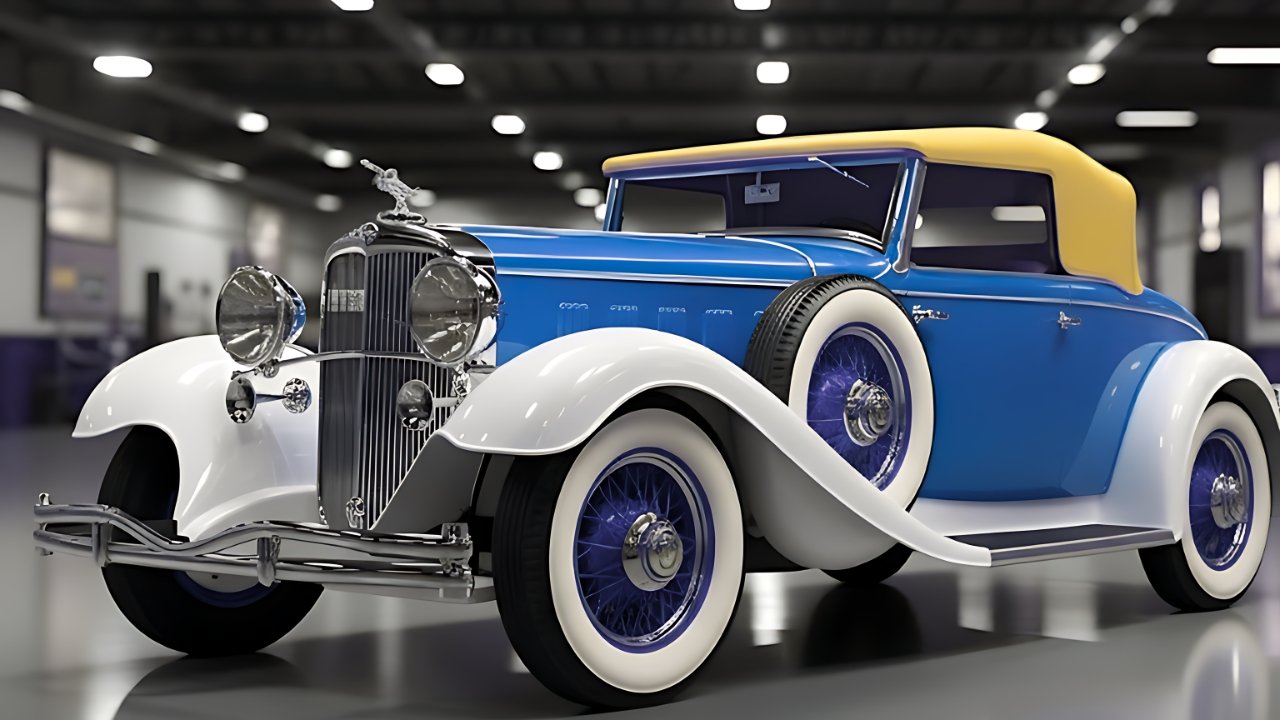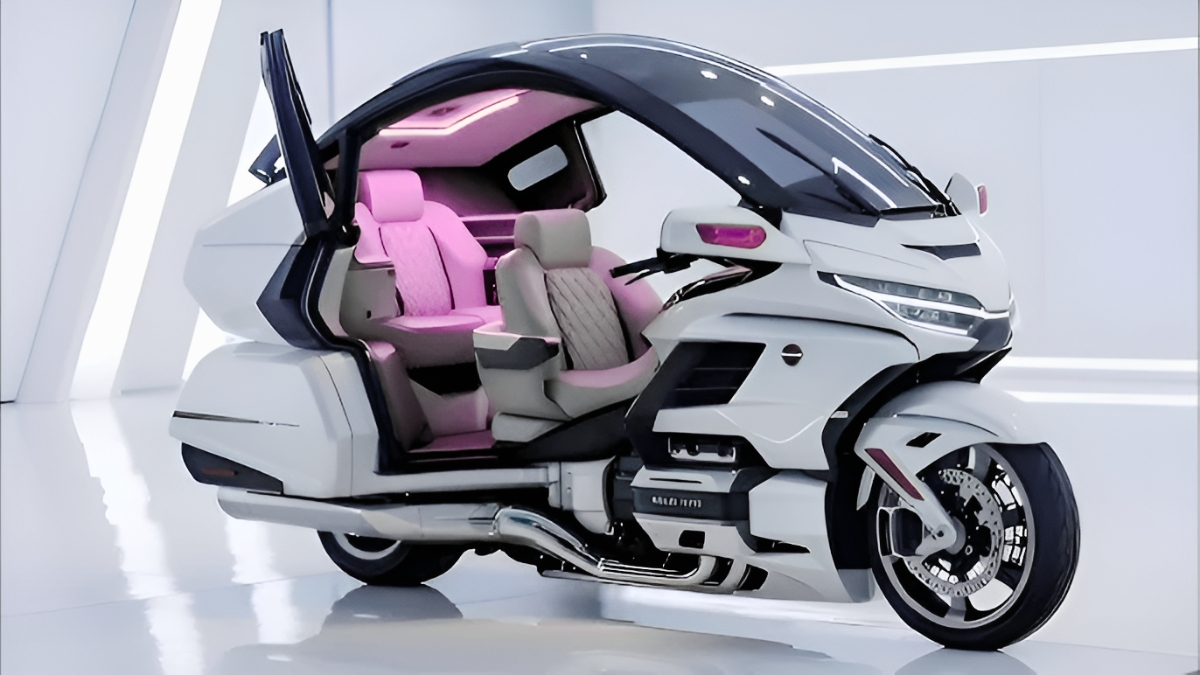1939 Graham Cabriolet: In the grand timeline of American automotive history, few cars capture the spirit of pre-war elegance quite like the 1939 Graham Cabriolet. A symbol of style, innovation, and craftsmanship, the Graham Cabriolet stands as one of those rare classics that blend engineering brilliance with pure visual artistry. Though often overshadowed by names like Cadillac or Packard, this stunning machine from the Graham-Paige Motor Corporation remains one of the most underrated treasures of its era.
A Vision Born from Innovation
The story of the 1939 Graham Cabriolet begins during a time when the American auto industry was racing toward modernization. The late 1930s were years of bold experimentation, and Graham dared to take risks that few others would. With its “Spirit of Motion” design later nicknamed the Sharknose the Cabriolet represented a radical shift in automotive styling.
Unlike the conservative shapes of its competitors, the Graham Cabriolet’s streamlined front end, swept fenders, and low-slung stance made it look like it was moving even when parked. Designed by the legendary Amos Northup, the car was far ahead of its time a vision of speed and sophistication that symbolized hope in a world on the edge of war.
Design That Defined an Era
The 1939 Graham Cabriolet was more than just a car; it was a design statement. The bold, pointed grille and flowing lines drew immediate attention, while the two-tone paint schemes and subtle chrome accents added a level of refinement few vehicles could match.
The long hood, split windshield, and low roofline gave it a sense of drama, while the soft convertible top allowed drivers to enjoy open-air motoring with effortless style. Every curve and contour served a purpose, reflecting the era’s fascination with aerodynamics and art deco influence. Even today, the Graham Cabriolet looks like a sculpture on wheels—a moving piece of art that captures the imagination.
Luxury Meets Engineering Excellence
Underneath its stunning exterior, the 1939 Graham Cabriolet carried the same spirit of innovation. Powering this beauty was a supercharged six-cylinder engine a bold engineering move for the time. With around 120 horsepower, it offered smooth, confident acceleration and top-tier performance compared to other American luxury cars of the late 1930s.
The supercharger, developed in collaboration with Graham’s racing engineers, gave the car both power and refinement. It was paired with a three-speed manual transmission, delivering a balanced drive that combined muscle with grace. The ride was remarkably smooth, thanks to advanced suspension tuning and a sturdy steel body that gave the car its reassuring weight and composure on the road.
An Interior Crafted for Comfort and Class
Step inside the Graham Cabriolet, and you’re greeted by an interior that speaks of old-world luxury. Plush leather seats, fine wood-grain accents, and meticulously crafted gauges showcased the brand’s dedication to detail. The dashboard, with its symmetrical layout and chrome-trimmed instruments, reflected the sophistication of the era.
Everything inside was built by hand, from the steering wheel to the upholstery stitching. The cabin offered a surprisingly roomy and comfortable space for both driver and passenger something rare among convertibles of its time. It was a car made not just for travel, but for grand touring.
A Rarity Then, a Treasure Now
Despite its brilliance, the 1939 Graham Cabriolet never received the widespread recognition it deserved. The onset of World War II shifted America’s industrial priorities, and the Graham-Paige Motor Corporation faced financial difficulties that ultimately led to the company’s decline. As a result, very few Cabriolets were ever produced making surviving examples today exceptionally rare and valuable.
Collectors who are lucky enough to own one understand its significance. Each Graham Cabriolet represents a bold chapter in automotive design a reminder of what happens when creativity and craftsmanship take precedence over convention. Its rarity only adds to its charm, making it a sought-after jewel in vintage car circles.
Why the Graham Still Matters
The 1939 Graham Cabriolet may not have the household recognition of a Duesenberg or a Lincoln Zephyr, but its influence can be seen in the evolution of American car design. Its emphasis on aerodynamics paved the way for the sleek silhouettes that would define post-war automobiles. And its supercharged engine showcased that performance could coexist with elegance long before it became the industry norm.
Today, the Graham Cabriolet is celebrated not just as a car, but as a symbol of an era when automakers were dreamers when art and engineering walked hand in hand. It stands as proof that luxury isn’t just about opulence; it’s about imagination, innovation, and individuality.
Final Thoughts: A Classic Worth Remembering
The 1939 Graham Cabriolet is more than a relic of the past it’s a timeless reminder of what American craftsmanship once represented. With its daring design, advanced mechanics, and undeniable charm, it remains one of the most distinctive pre-war cars ever built.
For classic car enthusiasts, seeing a Graham Cabriolet in person feels like stepping into another era an age when automobiles weren’t just made; they were crafted. Though time may have dimmed its spotlight, the Graham’s legacy endures among those who recognize true automotive artistry when they see it.



